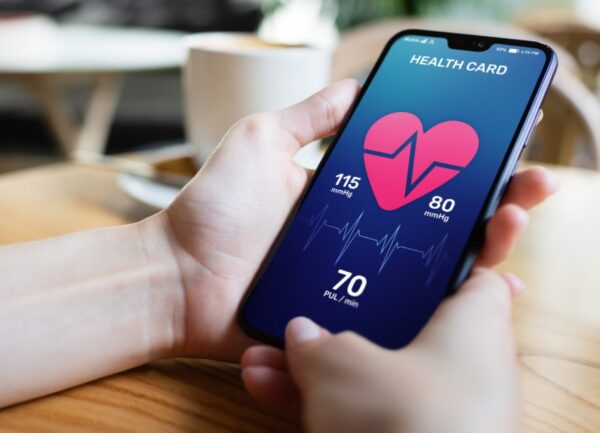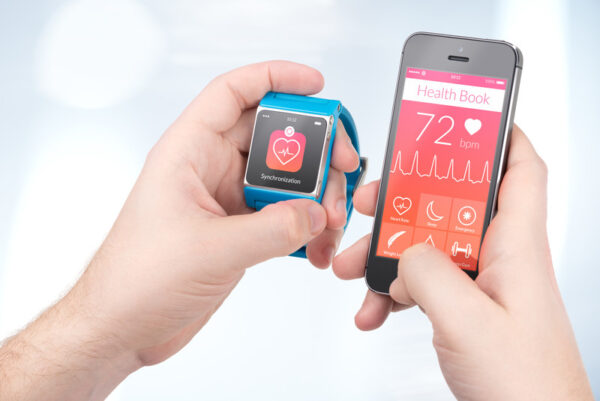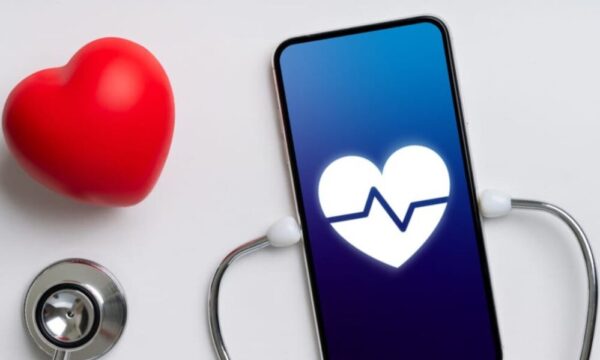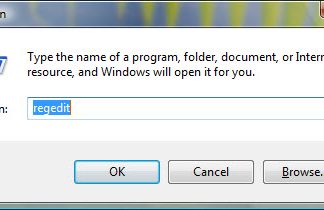Healthcare apps are quite hard to develop; unique, industry-specific challenges lie ahead of every startup that wants to do it. This article will briefly describe what you’ll need to create an app that’ll be truly useful.
Types of Mobile Healthcare Solutions

First things first, let’s identify the main types of mHealth solutions — so you’ll get where you can start from.
For doctors and nurses
- Online scheduling tools (within and outside of EHR system)
- Electronic Health Records (EHRs) systems
- Routing solutions
- On-demand platforms for telemedicine (via video chats, messages, etc.)
- Clinical decision support (CDS) systems
These are just a few of the main types of applications for doctors. They are supposed to make it easier to manage patients, their daily schedules, optimize workflows and make more accurate clinical decisions.
For patients
- Reference apps for symptoms and diseases
- Apps that help manage patients’ conditions
- Fitness and gym applications
- An application that connects patients with medical professionals
Often, the main point of patient-facing applications lies in self-care and condition management, symptom-checking, and communicating with clinicians remotely.
Google Play and Apple Store Statistics of Healthcare Applications on the Market

Interest in mHealth solutions increased, partially caused by the pandemic and necessity to adopt tech that allows for virtual healthcare. Currently, there are more than 53,000 healthcare apps on the Google Play Store. For the App Store, the numbers are quite similar.
Rock Health report says that funding startups in digital health received during the first six months of 2023 — $14.7B — has already exceeded all funding received by the industry last year. A lot of these startups offer mobile applications — as separate products or as a part of the software suite.
Digital health is a lucrative field. Pumped by the pandemic — or rather, after receiving the opportunity to demonstrate its consumer value from circumstances — the niche attracted new investors, entrepreneurs, and, most importantly, healthcare professionals. They are one of the few people who could rationally persuade healthcare stakeholders to adopt this or that solution. So: how do you build a healthcare app doctors and patients will love?
How To Build An Effective Healthcare App
Now, let’s go over the process of building an app. You can do all of these steps by yourself, with your in-house team, or you can hire a team of Diversido.io experts to do it. The main thing you need to remember: build your app quality-first, getting people who work in the industry and their patients on board.
Do a Market Research and Business Analysis

Right now, there’s a lot of money in the digital health industry and startups will be tested by their ability to use this attention to deliver value. As you know, most ventures fail because they lack product-market fit or run out of money; digital health is no exception. To avoid both, research the market.
Midyear Rock Health’s report says that the most-funded startups are those that propose R&D services, on-demand healthcare, fitness and wellness, consumer health info, and solutions for optimization of non-clinical workflows. Within the clinical environments, companies that attract investors the most offer services in mental health; treatment of cardiovascular diseases; chronic conditions management.
Diving a little bit deeper, you will get the causal connection behind these numbers. On-demand healthcare is telemedicine, and of course, people need telemedicine when they can’t go to the doctor. R&D helps with the vaccines and data analysis, so necessary when there’s a public health crisis. Mental health gets destigmatized and receives a lot of attention because the world is stuck in collective trauma caused by the virus.
After Livongo and Teladoc merged, it became obvious that affordable care for diabetes and other chronic conditions can be aided via digital means — and the market bloomed with companies that offer that. You got the idea — there are stories, background information behind the digital health statistics; you need to investigate it before building an app.
You could choose a niche that’s already popular in the industry and build a solution aimed at your local community or local healthcare network. Or: dive a little deeper into what is happening nearby. Check out data on nurses’ burnout, administrative errors in hospital claims, struggles of medical students, etc. Build hypotheses on how to address these challenges with your software and test your ideas among the target audience.
Design Creation – UI/UX Steps
The design stage is tricky. While the tech industry tries to be pretty in one way or another, digital health, by virtue of being closely connected to care, is obligated to focus on accessibility and inclusivity of their solutions. Some think that means sacrificing aesthetics, but that’s not true.
Lots of solutions for senior care that became “trendy” with the pandemic completely missed the mark and disappointed people because they’ve focused on looks instead of centering their users. People who don’t have a lot of experience with digital and need everything to be straightforward and clear. Don’t do that.
Test among your audience. Don’t try to create “design for all” — there’s no such thing, especially when you’re building healthcare apps. Check out guidelines for mobile apps accessibility to figure out how to design for people who are usually overlooked. Make sure the target audience can interact with the app without friction.
Assemble Product Team and Start Development

Apart from the product manager who has to be super invested in bringing maximum value to your end-user, make sure that engineers you hire are acutely aware of security specifics relevant to building healthcare app (see HIPAA regulations, FHIR interoperability standards, etc.) Apart from that, think from the start what EHRs and third-party tools you want to integrate with — your back-end developers should get familiar with their API specifications.
Test Your App
Invite people from the industry for user-testing. Pay them if you can to incentivize them. It’s especially vital if you’re creating administrative software for hospitals, software that’s supposed to enhance their decision-making, or apps for wearables they’ll offer to patients. Invite patients if your app is for them, too. Update your software based on their feedback.
Key Takeaways
So, what do you need for a high-quality mHealth application?
- Hire experts from the industry (both in regulatory and clinical terms) on board;
- Throughout user research among people from healthcare, patients, or both;
- Design your app with accessibility in mind from the start;
- Make sure your developers know their security architecture.
Lastly, when you’ll be ready to show your MVP to investors, choose investors who already have experience with startups in the healthcare domain. Startups usually operate under pressure from VCs and Angels, and that forces them to move fast, scale fast, and burn through their money if they’re not careful.
If you’ll go with such an approach in digital healthcare, you won’t stand a chance: this vertical requires patience, research, and thoughtfulness. To avoid unnecessary stress, find venture firms that understand how business in healthcare works and will support your desire to build high-quality products (however long tedious sales cycles, negotiations with insurers, and other healthcare-specific stuff take).



















